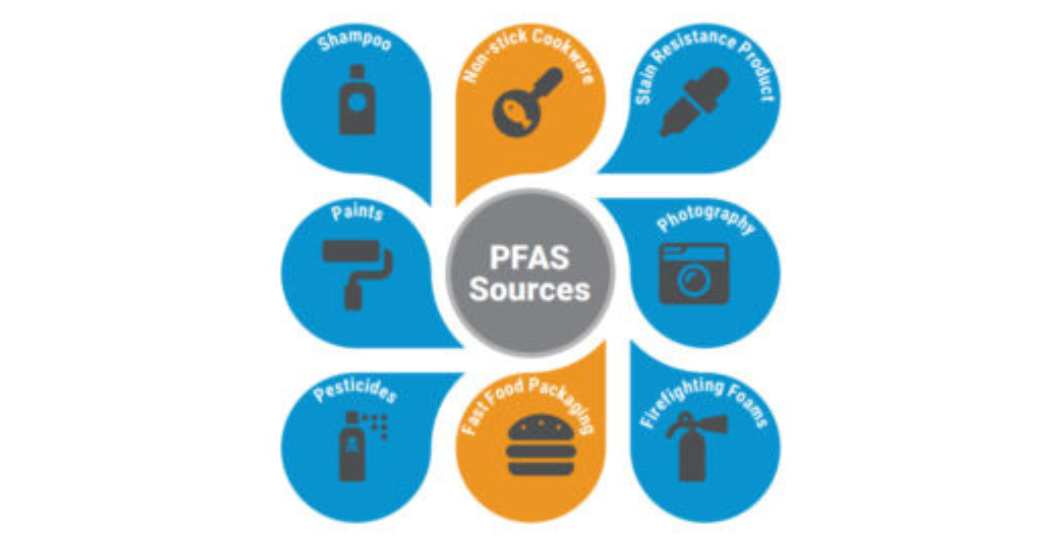The U.S. Environmental Protection Agency released health advisories for four per- and polyfluoroalkyl substances (PFAS). Two of the health advisories are interim, for perfluorooctanoic acid (PFOA) and perfluorooctanesulfonic acid (PFOS), and two are final, for hexafluoropropylene dimer acid (HFPO-DA or GenX) and perfluorobutanesulfonic acid (PFBS).
The American Water Works Association (AWWA) issued the following statement.
EPA released drinking water health advisories for four PFAS. Health advisories provide states and water utilities with a reference point as they evaluate potential contamination and appropriate responses to assure the safety of drinking water. The PFOA and PFOS advisory levels are extremely low and do not reflect the draft recommendations of EPA’s own expert Science Advisory Board review. The health advisory levels at parts per quadrillion, undetectable by modern laboratory methods.
AWWA is committed to both the protection of public health and decision-making based on the best available science. As a community of water professionals, we share EPA’s desire to keep harmful levels of PFAS out of the nation’s drinking water. We support setting national drinking water standards for PFAS that protect all consumers, including the most sensitive populations. We also stand for strong source water protection to prevent PFAS contamination and increased investment in PFAS research.
At the national level, EPA is already in the process of setting maximum contaminant levels for PFAS within the scientifically rigorous framework of the Safe Drinking Water Act (SDWA). A proposal is expected in the fall. Through the SDWA regulatory process, many utilities are sampling for PFOA, PFOS and other PFAS to better understand where they occur and at what levels. They are sharing that information with their communities. It’s important that EPA complete this rulemaking process so that states, utilities, and consumers have a clear and consistent path forward for managing harmful levels of PFAS in drinking water.
These four health advisories reflect potential risk assuming 70 years of exposure. EPA’s support materials appropriately point consumers toward opportunities to reduce PFAS exposure in their daily lives, be it exposure through drinking water, food, dust, or other routes.
AWWA’s members are working diligently to manage the risk posed by PFAS in drinking water. At the low levels set in the health advisories, protecting source water from PFAS contamination is critical. AWWA urges Congress and other decision-makers to implement policies that keep harmful PFAS out of our communities, especially the nation’s drinking water supply.





Comments